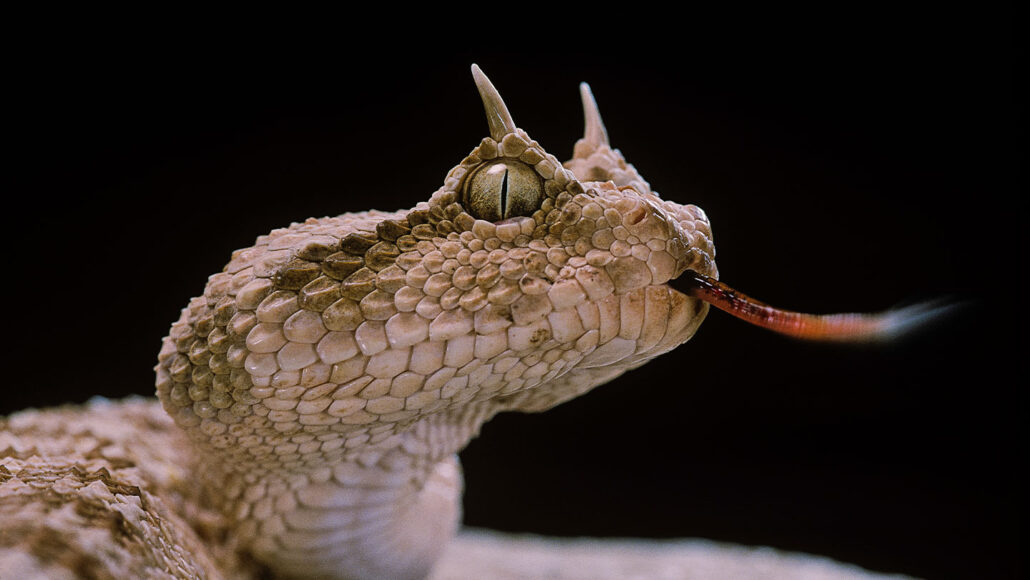Questions for ‘Horned lizards and snakes tend to ambush their prey’

Some lizards and snakes — like this desert horned viper (Cerastes cerastes) — have evolved showy horns on their heads or snouts. Such headgear is much more common in sit-and-wait predators than in more active hunters. It could be that horns make the reptiles easier for prey to spot.
Paul Starosta/Getty Images